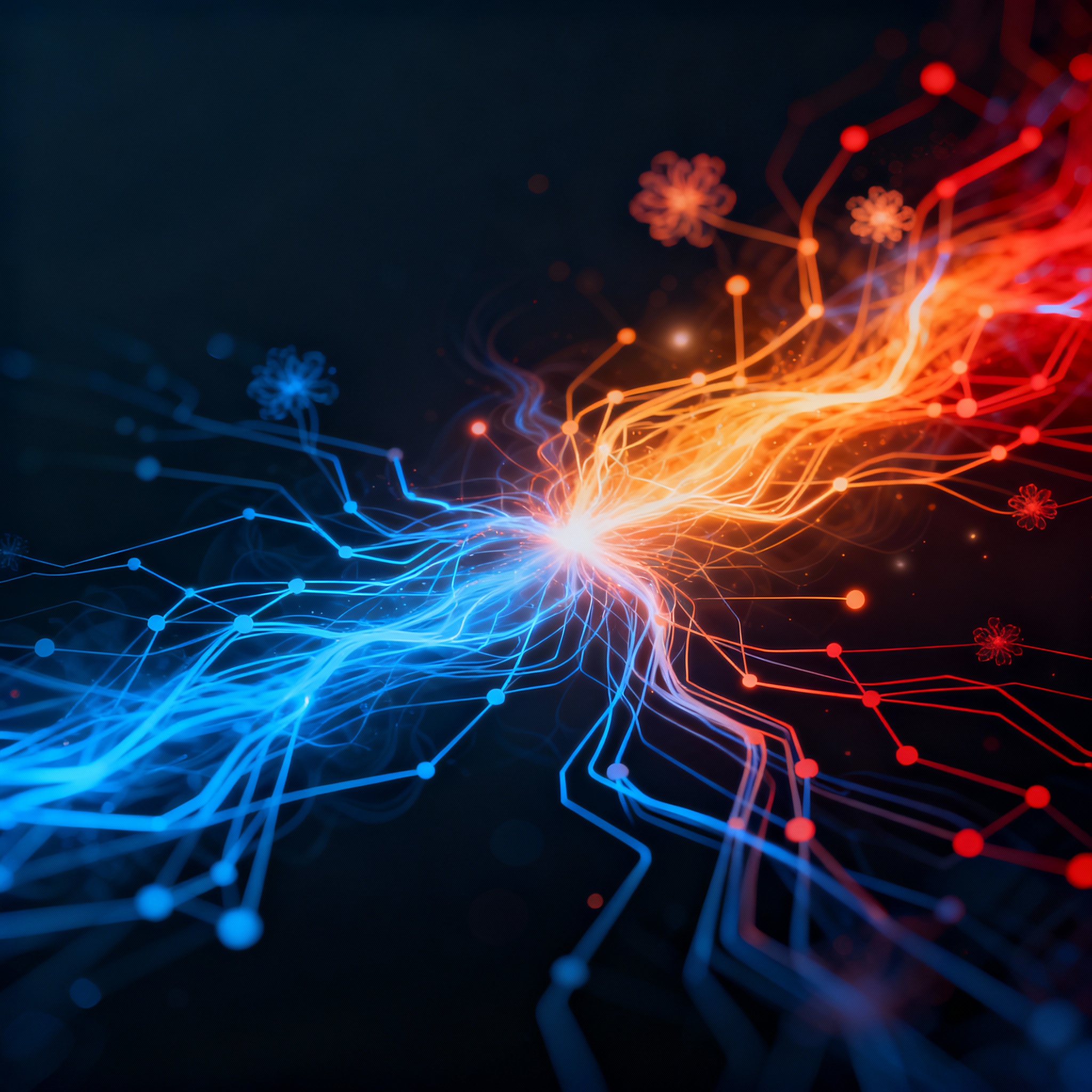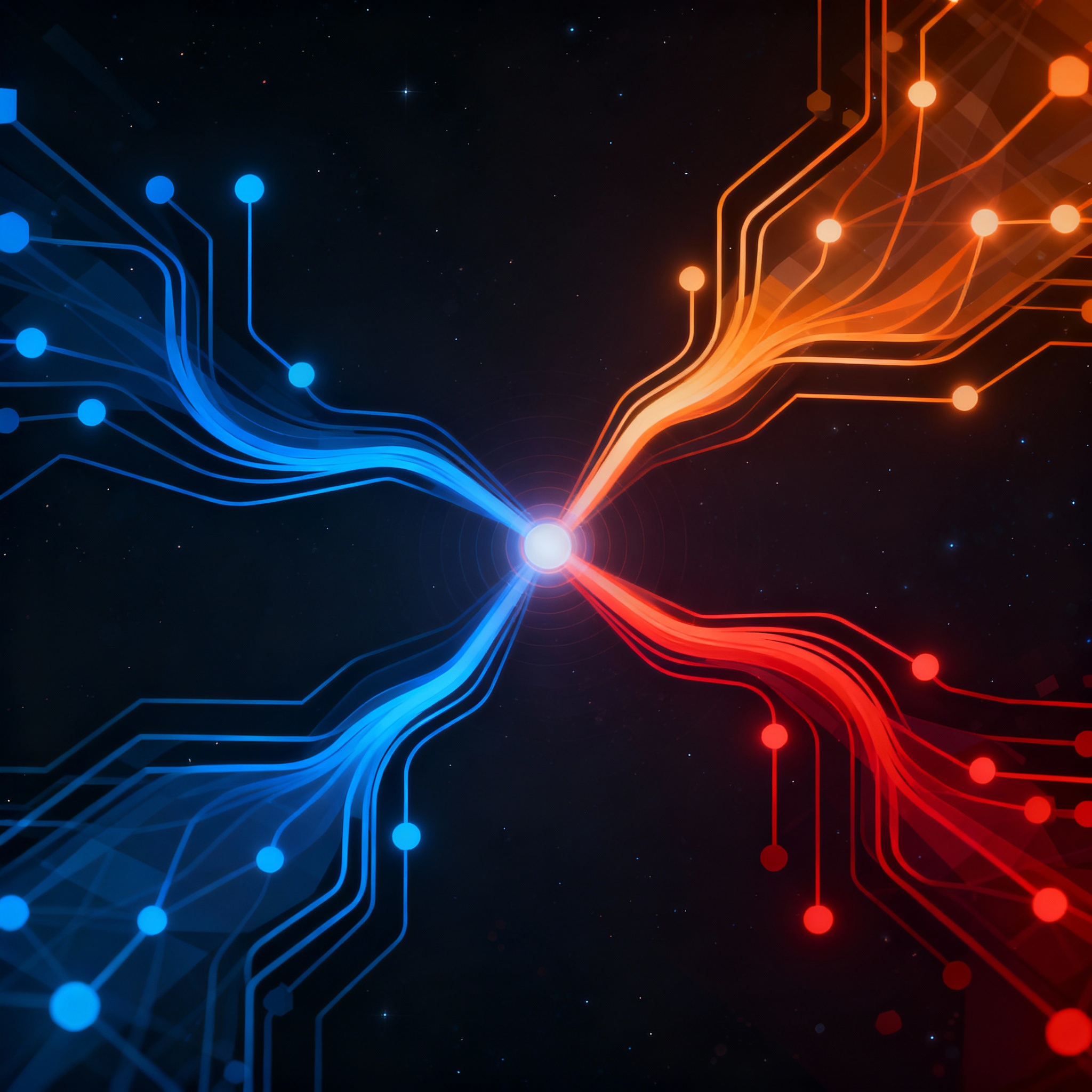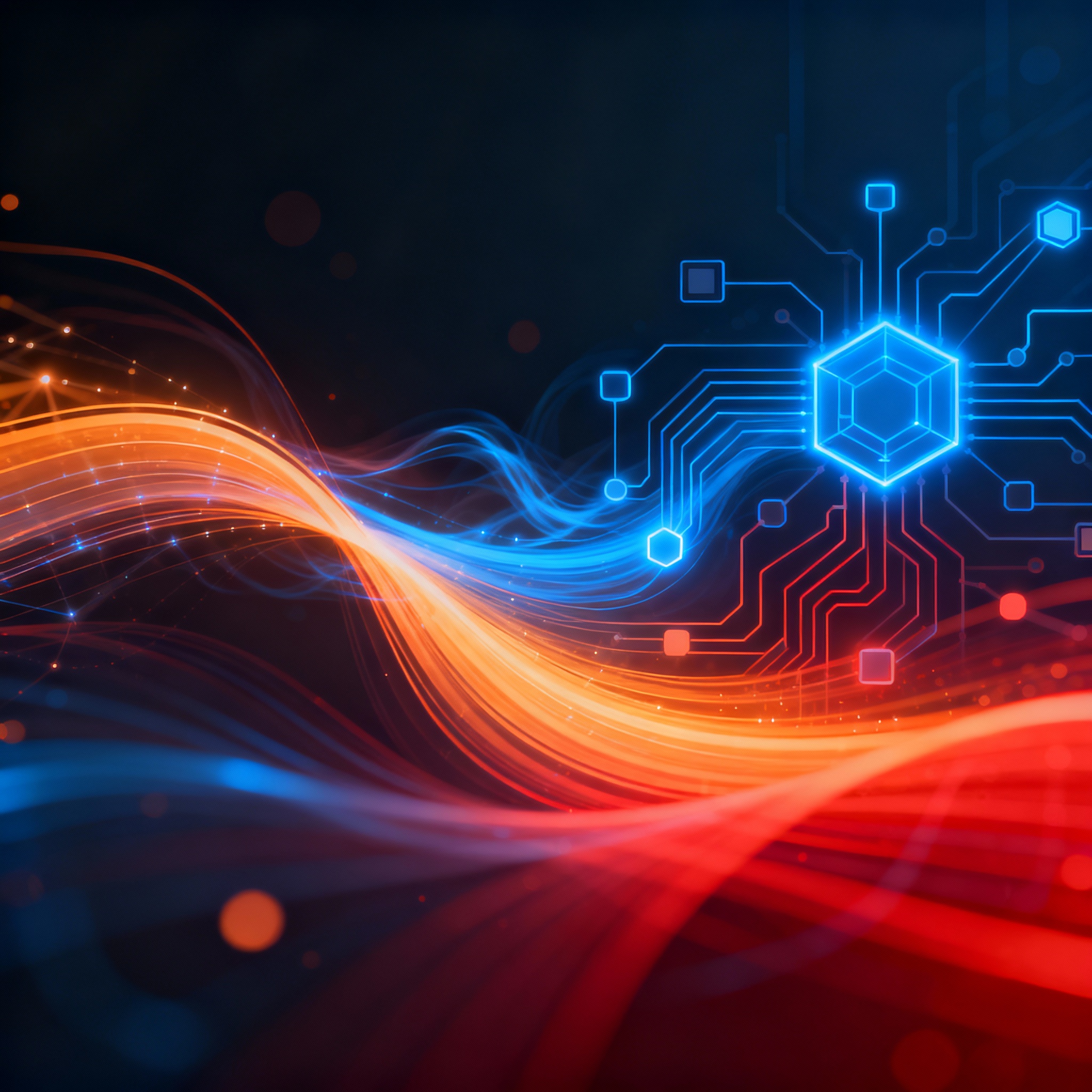
Streamlining Chaos: How Retrieval-Augmented Generation Tackles Construction Project Documentation
Streamlining Chaos: How Retrieval-Augmented Generation Tackles Construction Project Documentation
The construction industry is a behemoth of complexity, where every project generates mountains of documentation—from architectural drawings and legal contracts to safety reports and material specifications. Traditionally, sifting through this data has been a time-consuming nightmare, prone to human error and delays. Enter Retrieval-Augmented Generation (RAG), an AI technique that's reshaping how teams handle this information overload. By integrating advanced retrieval mechanisms with generative AI, RAG ensures that responses are not just creative but grounded in accurate, relevant data. In this post, we'll dive into how RAG is becoming a game-changer for construction project documentation, drawing on recent research and practical applications.
As a technical blog writer for ChatRAG—a Next.js boilerplate designed for building chatbot-agent SaaS businesses—I've seen firsthand how tools like these can empower developers to create specialized AI solutions. Whether you're launching a construction-focused chatbot or enhancing existing workflows, understanding RAG's potential is key. Let's break it down step by step.
Understanding Retrieval-Augmented Generation (RAG)
At its core, RAG is a hybrid AI approach that combines two powerful elements: retrieval and generation. The retrieval component searches through a vast knowledge base to fetch the most relevant information, while the generation part—often powered by large language models (LLMs)—crafts coherent, context-specific responses based on that data.
This isn't just theoretical; recent surveys on RAG architectures highlight how it addresses limitations in standalone LLMs, such as hallucination (where AI invents facts) and outdated knowledge. In construction, where precision is paramount, RAG ensures that queries about project specs pull from verified documents, reducing risks associated with misinformation.
Imagine a site manager needing quick answers on compliance regulations. Instead of manually combing through PDFs, a RAG-powered system retrieves exact clauses from contracts and generates a summarized explanation. This seamless integration is what makes RAG so appealing for data-heavy fields like construction.
The Documentation Dilemma in Construction Projects
Construction projects are notorious for their documentation challenges. A single high-rise build might involve thousands of documents, including blueprints, change orders, subcontractor agreements, and progress reports. According to industry insights, poor documentation management leads to delays in up to 20% of projects, costing billions annually.
Key pain points include:
- Volume and Variety: Documents come in diverse formats—text, images, spreadsheets—scattered across emails, cloud storage, and physical files.
- Accessibility Issues: Teams on-site often struggle to access real-time info, leading to miscommunications.
- Compliance and Auditing: Ensuring adherence to building codes and safety standards requires constant cross-referencing, which is error-prone.
- Knowledge Gaps: New team members or external consultants need rapid onboarding without sifting through irrelevant data.
These issues aren't new, but traditional search tools fall short because they rely on keyword matching, often missing contextual nuances. This is where RAG steps in, offering a more intelligent alternative.
How RAG Enhances Construction Documentation Management
RAG transforms documentation by embedding domain-specific knowledge into AI responses. Here's how it works in practice:
Intelligent Retrieval for Precise Information
RAG systems first index project documents into a vector database, allowing for semantic search. This means queries like "What are the material specs for the foundation?" retrieve not just keyword matches but semantically similar content.
For instance, research on bridging the research-practice gap in construction contract management using NLP and LLMs demonstrates how natural language processing (NLP) combined with LLMs can automate contract analysis, flagging inconsistencies early. By augmenting this with RAG, construction firms can generate actionable insights directly from their document repositories.
Generating Contextual Responses
Once relevant data is retrieved, the generative model synthesizes it into user-friendly formats—summaries, reports, or even visualized timelines. This is particularly useful for predictive tasks, such as forecasting delays based on historical documentation.
Consider simulation-based validation of integrated 4D/5D digital-twin frameworks, which explores how AI can predict construction outcomes. Integrating RAG here allows for real-time queries on simulated scenarios, pulling from live project docs to refine predictions.
Self-Reflective Improvements with Variants like Self-RAG
Advanced RAG variants, such as Self-RAG, add a layer of self-assessment. The system evaluates its own retrieval quality and refines responses iteratively. This shortcut in Self-RAG techniques is a boon for AI experts, enabling more robust applications in dynamic environments like construction sites.
In a practical example, a RAG system could self-correct a response about safety protocols by cross-verifying against updated regulations, ensuring compliance without human intervention.
Practical Examples of RAG in Construction
Let's ground this in real-world scenarios. Suppose a construction firm is managing a large infrastructure project. Using a RAG-powered chatbot built on a platform like ChatRAG, team members can query the system naturally: "Summarize changes in the electrical blueprint from last month."
The system retrieves the relevant revision history and generates a concise report, complete with highlighted differences. This not only saves time but also minimizes errors that could lead to costly rework.
Another application is in multi-agent systems for building design. Studies on AI BIM coordinators using LLM-driven multi-agent systems show how non-experts can interact with complex building information modeling (BIM) data via natural language. RAG enhances this by ensuring responses are augmented with precise document excerpts, making design reviews more accessible.
For energy-related projects, like photovoltaic (PV) installations in construction, PV-GPT for querying PV data using natural language illustrates RAG's versatility. Teams can ask about solar panel specs integrated into building plans, pulling from specialized databases.
Even in global contexts, comprehensive guides from principle to implementation of RAG provide hand-on tutorials for building custom knowledge bases, which can be adapted for construction-specific needs.
Implementing RAG for Your Construction Workflow
Getting started with RAG doesn't require a complete overhaul. Here's an actionable roadmap:
- Data Preparation: Collect and digitize all project documents. Use tools to convert them into searchable formats.
- Build a Knowledge Base: Employ vector databases like Pinecone or FAISS to index your data.
- Integrate LLMs: Choose models like GPT-4 or open-source alternatives, then augment with retrieval logic.
- Develop a User Interface: Platforms like ChatRAG make this easy, offering Next.js templates for chatbot interfaces that can query RAG systems securely.
- Test and Iterate: Start with pilot projects, using metrics like response accuracy and retrieval speed to refine.
For developers, explorations of Retrieval-Augmented Generation with Graphs (GraphRAG) introduce graph-based enhancements, ideal for interconnected construction data like supply chains.
Security is crucial—ensure your RAG setup complies with data privacy standards, especially for sensitive project info.
Challenges and Best Practices
While RAG is powerful, it's not without hurdles. Indexing large document sets can be computationally intensive, and ensuring retrieval relevance requires fine-tuning.
Best practices include:
- Hybrid Indexing: Combine keyword and semantic search for better results.
- Regular Updates: Automate document syncing to keep the knowledge base current.
- User Feedback Loops: Incorporate mechanisms for users to rate responses, improving the system over time.
- Scalability: Use cloud-based solutions to handle growing data volumes.
By addressing these, construction firms can maximize RAG's benefits, leading to faster project timelines and reduced overhead.
Wrapping Up: Key Takeaways on RAG for Construction
Retrieval-Augmented Generation is more than a buzzword—it's a practical tool for taming the documentation chaos in construction. By providing accurate, context-rich responses, RAG boosts efficiency, enhances collaboration, and minimizes risks. Key takeaways:
- RAG bridges the gap between vast data and actionable insights.
- It's adaptable for various construction tasks, from contract management to design coordination.
- Tools like ChatRAG enable quick deployment of customized solutions.
As the industry evolves, embracing RAG could be the edge your projects need. Stay tuned for more insights on AI innovations in our blog.
Ready to build your AI chatbot SaaS?
ChatRAG provides the complete Next.js boilerplate to launch your chatbot-agent business in hours, not months.
Get ChatRAGRelated Articles

Mastering Internal Knowledge: How RAG Powers Enterprise Documentation Search
In today's data-driven enterprises, sifting through vast internal documentation can be a major bottleneck. Retrieval-Augmented Generation (RAG) emerges as a game-changer, combining AI retrieval with generation to deliver accurate, relevant responses. This guide dives into implementing RAG for efficient knowledge management.

Streamlining Scholarly Scrutiny: RAG's Impact on Manuscript Review in Publishing
In the fast-paced world of academic publishing, reviewing manuscripts can be a daunting task fraught with information overload. Retrieval-Augmented Generation (RAG) emerges as a game-changer, combining AI's generative power with targeted data retrieval to enhance accuracy and efficiency. This post delves into how RAG streamlines the review process, from literature verification to constructive feedback.

Streamlining Patient Records: The Power of RAG in Modern Healthcare Management
In the fast-paced world of healthcare, managing patient records efficiently is crucial for quality care. Retrieval-Augmented Generation (RAG) combines large language models with real-time data retrieval to provide contextually accurate information. This post delves into how RAG can transform record management, backed by recent research and practical examples.